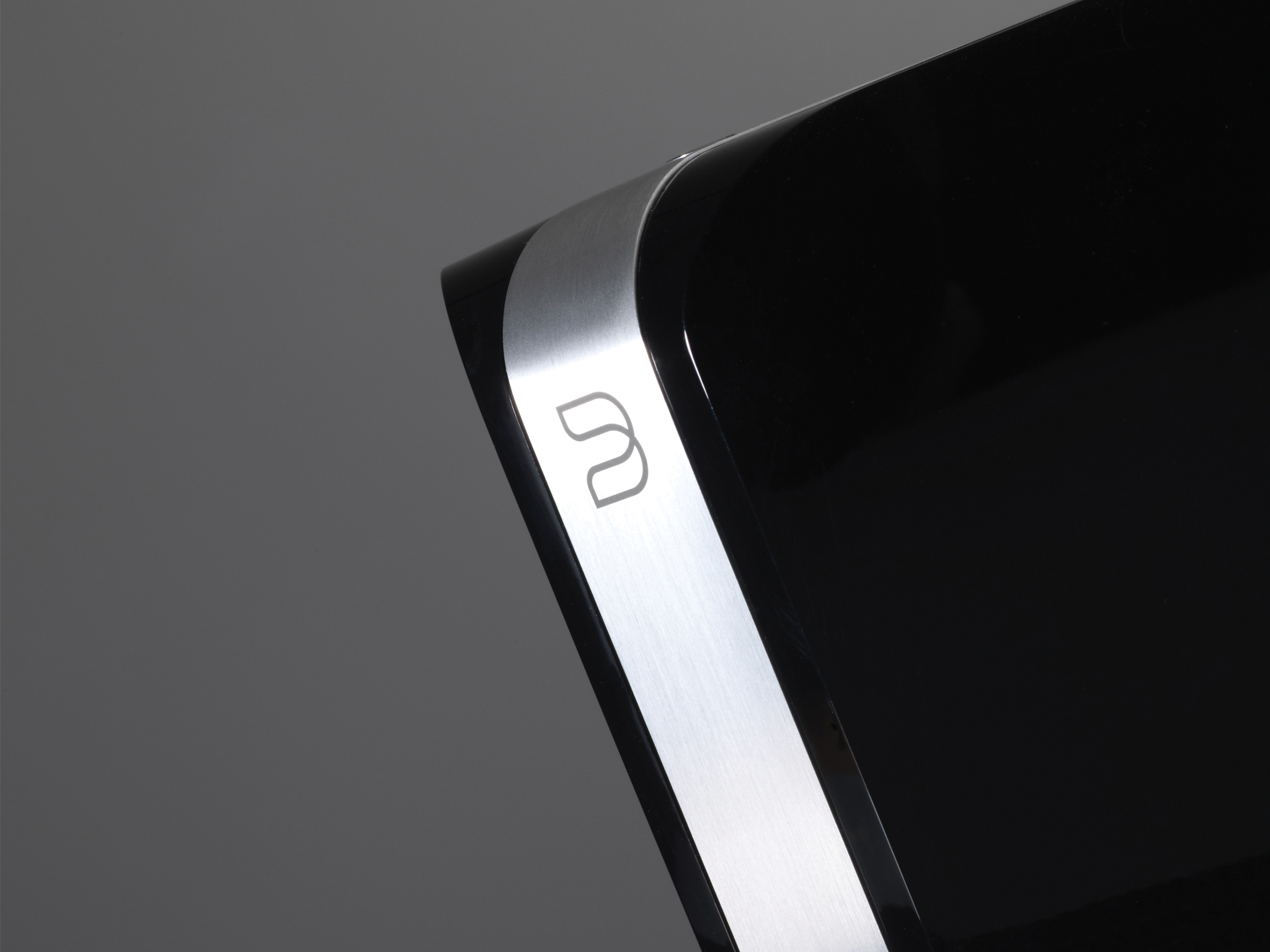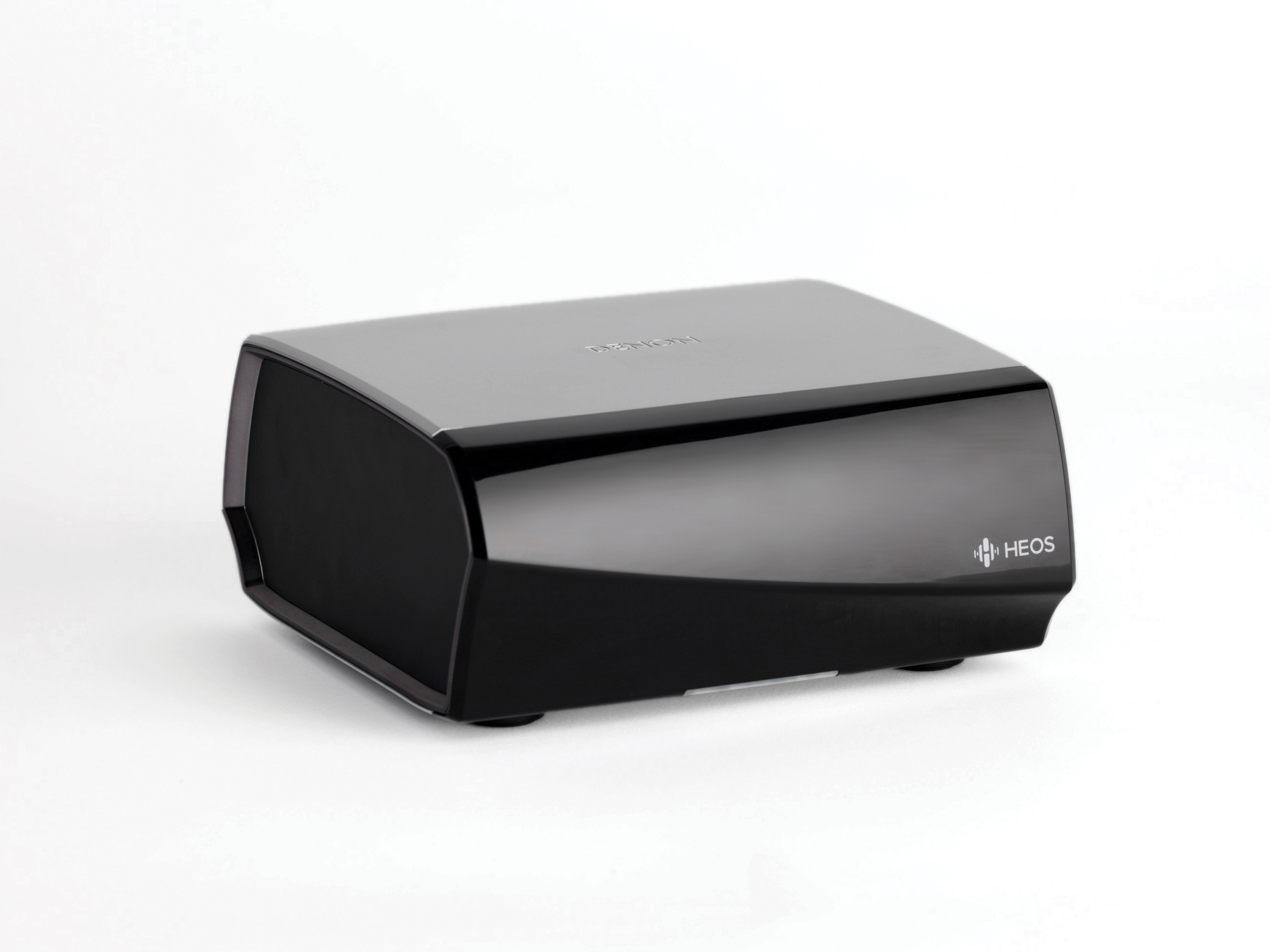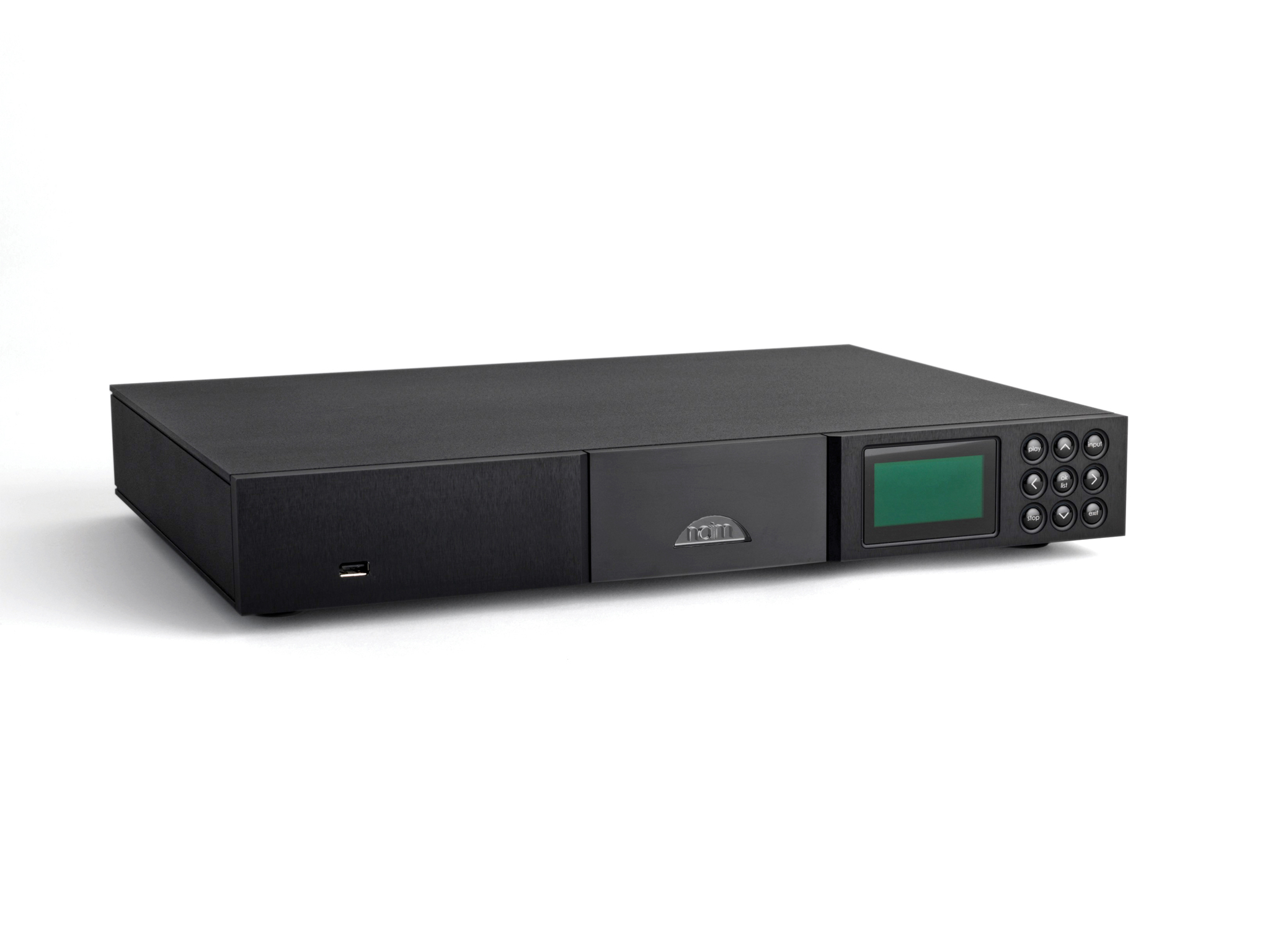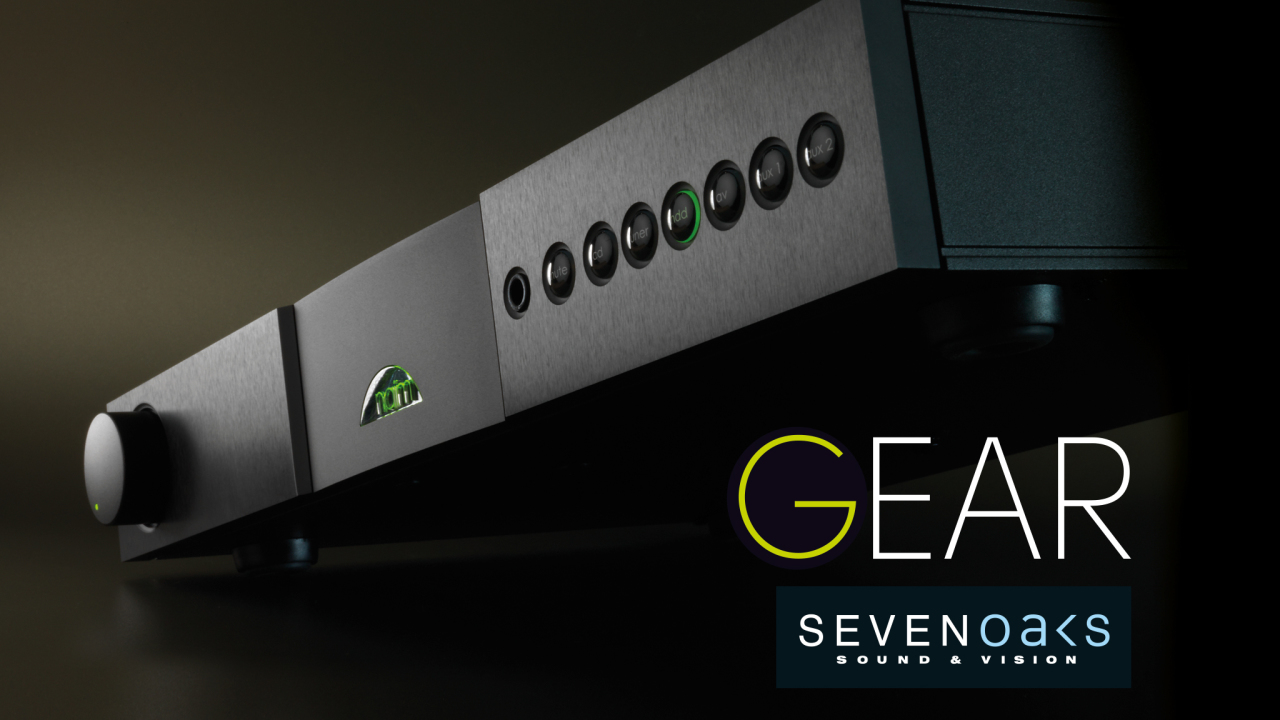Bluesound Node £399

If you are in the market for a budget media streamer, then chances are that somewhere on your list is the Bluesound Node. The streamer came out in 2014 and since then has been a huge hit (with the awards to prove it), with critics praising the seamless way it works but most of all how it performs. It is relatively easy to set up and use. You download the app and then it scours your network looking for music. It has plenty of playback options, working well with Spotify, Tidal and others, and it can also access internet radio stations. It can be used as part of multi-room system or just added to an existing hi-fi as a streamer.
Sound quality is, for a £400 streamer, exceptional. Jacco Gardner’s Another You was suitably mind-blowing on Tidal with the format making the most of the song’s eerie keyboard opening. When we plugged in a USB with the MP3 version of Another You on it, it lost a little in quality, with the the bass sounding notably a little sloppier and the intro seemed a little compressed. But these are minor quibbles – this is an excellent bit of budget gear.
Heos Link £299

Our cheapest streamer actually comes from one of the big names in hi-fi. The Heos Link emerged about a year ago from Denon, a brand that audio lovers will be familiar with. Of our trio of streamers it scores highest for ease of use as its interface, controlled via iOs or Android apps, is really intuitive and simple. It boasts both wired and wireless options and includes a USB port if you have music on a drive that you want to listen to. It also works with Spotify, Napster and Deezer and functions as a stand-alone streamer or as part of a multi-room system.
It gave a very detailed performance of Another You from psych Dutch whizz kid Jacco Gardner highlighting the singer’s sometimes reedy vocals. However, on that track at least, it lacks a little punch when compared with pricier streamers. Still, if you are looking for a budget streamer to add to your system this is a good place to start.
Naim ND5 XS £2,145

Top-end hi-fi company Naim has a few streamers on its books and this, in spite of retailing for over two grand, is one of its more (coughs) entry level offerings. Nevertheless, if you have the budget then the ND5 XS has so much going for it. Not for Naim a quirky design, this model looks more like an old school CD player and sports a screen on the front panel which tells you what you are listening to. The build quality of the streamer is exceptional. The metallic enclosure looks bomb-proof and that solidity, along with a commitment by Naim to perfectionist levels of engineering and sourcing only top quality components, helps ensure that sound quality is superb.
Our chosen songs, Another You by Jacco Gardner and Miami by Aussie guitar legends The Church, sounded superb with a less compressed sound, more detail and more defined and tighter bass performances than the other two streamers. You really do sense that the Naim is pushing the MP3 format to its absolute limits. Use it with higher quality audio formats and it really is sublime. You are completely lost in the music. If you have the budget, and especially if you already own other Naim devices, this is an absolute must hear.
PROG CONCLUSION
We all know that the best way to listen to music is vinyl. Trouble is that you probably have a lot of digital music. Or maybe you listen to streaming services. So how do you add all that music to your hi-fi?
The most effective upgrade is to add a streamer. Thanks to innovations like Bluetooth AptX (the latest version of Bluetooth) they have been significantly improving. For most streamers you add them to your hi-fi system, connect them to a wireless network and then use them to play back all the music you have stored on laptops, PCs, tablets and phones. Others can be integrated into multi-room systems. Of the three, the Naim is the stand-out thanks its faultless performance. The quality is so good that it really highlights some of the limitations of compressed formats like MP3. The other two models are cheaper and simple to use. All three are worth a listen.
